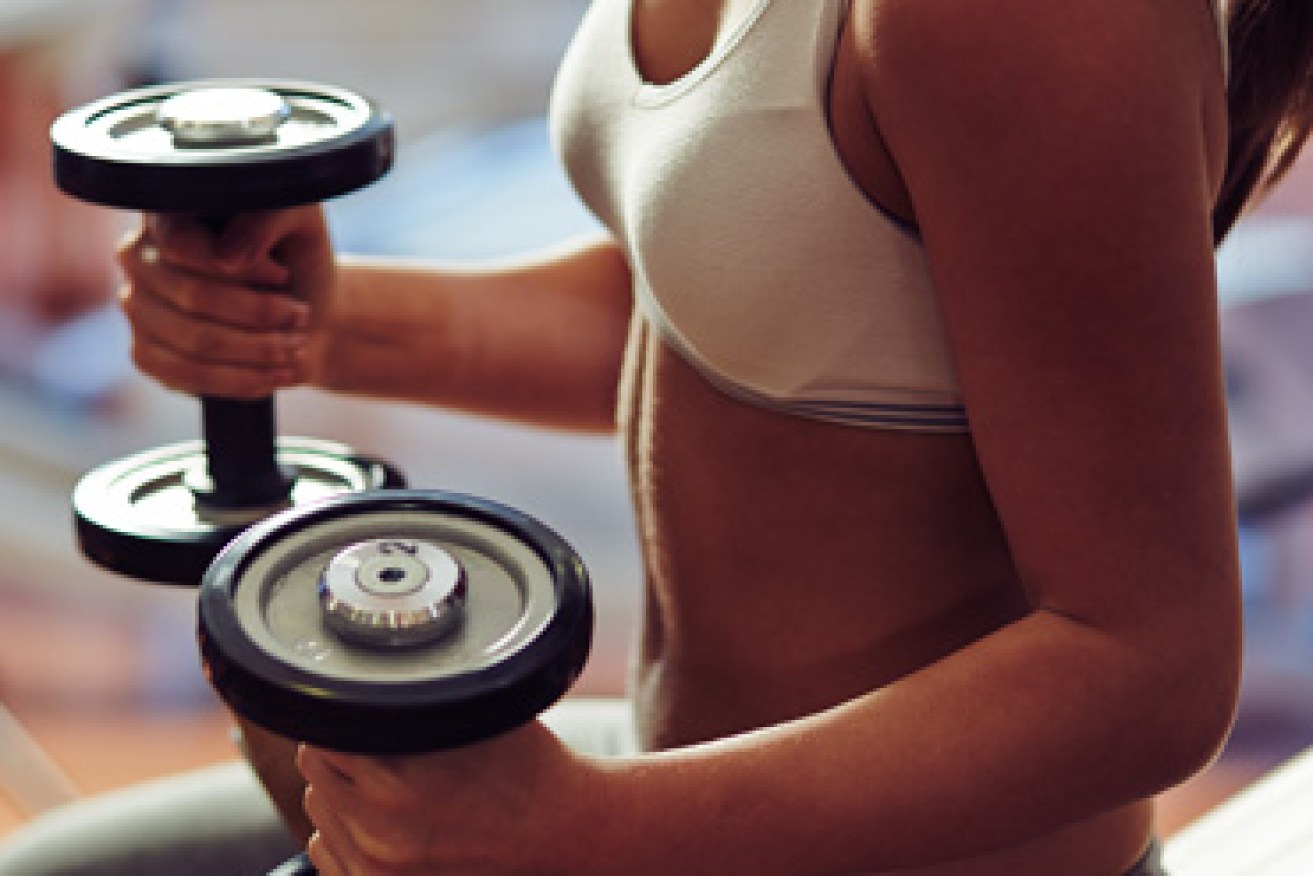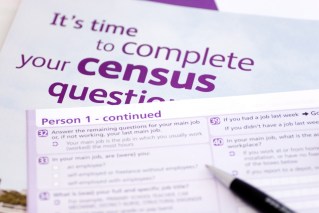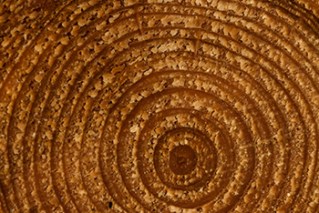An hourly two-minute stroll when you would usually be sitting at your desk or lounging on the couch could stave off an early death, scientists have claimed.
Those few, precious seconds of exercise could cut your risk of dying by a third, the study published in the Clinical Journal of the American Society of Nephrology found.
“To see that light activity had an association with lower mortality is intriguing,” lead scientist Professor Srinivasan Beddhu from the University of Utah said in a statement.
• Why the rise of the ‘dadbod’ is good for men
• Government to you: start lifting your weight!
• Desk-bound Aussies drained of crucial nutrient

The ideal is a mix of aerobics and strength. Photo: Shutterstock
This is not the good news it seems. It is more an indictment of our sluggish lifestyles and a dire warning of the perils of inactivity.
Currently, an “alarming” level (57 per cent) of Australians are not active enough to promote their health, the Heart Foundation has warned.
Getting up and walking around will help, but won’t do on its own.
“This study does support the benefit of getting up off your backside regularly rather than sitting for hours on end,” said Australian Institute of Fitness spokeswoman Rosemary Marchese.
“This doesn’t mean that this is enough to achieve significant improvements in the strength of heart, muscles and bones.
“Basically, you need to exercise daily and get up and move regularly from prolonged sitting positions.”
So just how much extra should you do?
Everyone should be doing at least 2.5 hours a week (or 30 minutes a weekday) of aerobic exercise, and two sessions of strength-building activity.
The heavy-breathing stuff can be done in small chunks or larger bouts, and the heavy-lifting stuff should be done on two separate days.
“Thirty minutes a day is actually not setting the bar very high,” said Heart Foundation national spokesman for physical activity Associate Professor Trevor Shilton. “More is better.”
And yet, only 43 per cent of adults get the minimum levels, the Heart Foundation has found.
“We’re not the active nation that we once were, nor the active nation that many of us think we are.”
Do we really need to do that much?
“Physical activity is a wonder medicine,” Associate Prof Shilton said.
“If this were a drug, we’d all be taking it. Our doctors would all be prescribing it, and we’d be describing it as a miracle medicine.”
If we were all to meet these guidelines, the Heart Foundation has calculated the incidence of the following diseases would be reduced:
• Diabetes (type II) by 40 per cent;
• Heart disease by 35 per cent;
• Depression by 30 per cent;
• Colon cancer by 30 per cent; and
• Breast cancer by 20 per cent.
In addition to this “spectacular” list of benefits, there is also new evidence that physical exercise prevents Alzheimer’s and slows cognitive decline as we age, Associate Prof Shilton said.
How can you meet the guidelines?
Aerobic exercise ideas
• Brisk walking
• Bike riding
• Do it with others to boost your motivation
• Minimise sitting throughout the day
Strength-building ideas
• Push-ups and other bodyweight exercises at home
• A gym session
• Vigorous garden work
• Pilates
• rock climbing









